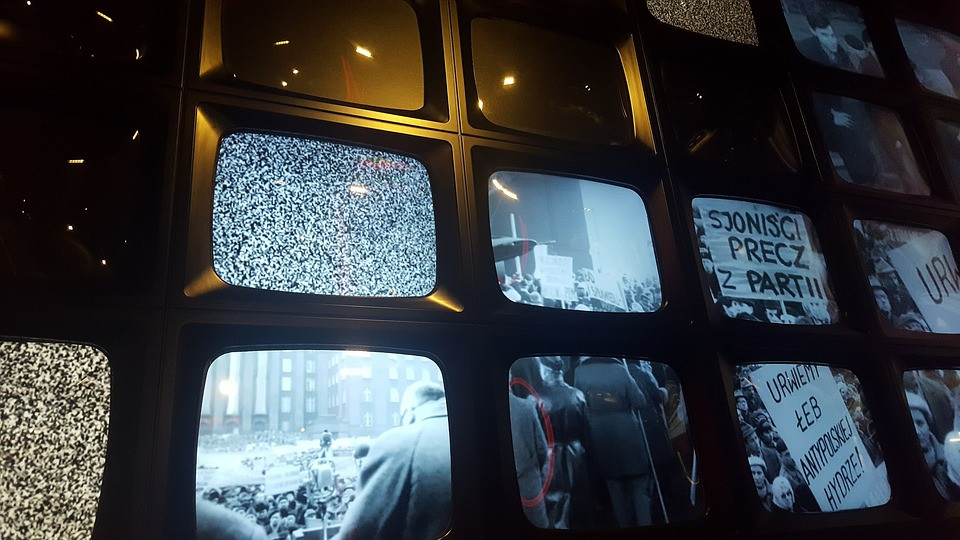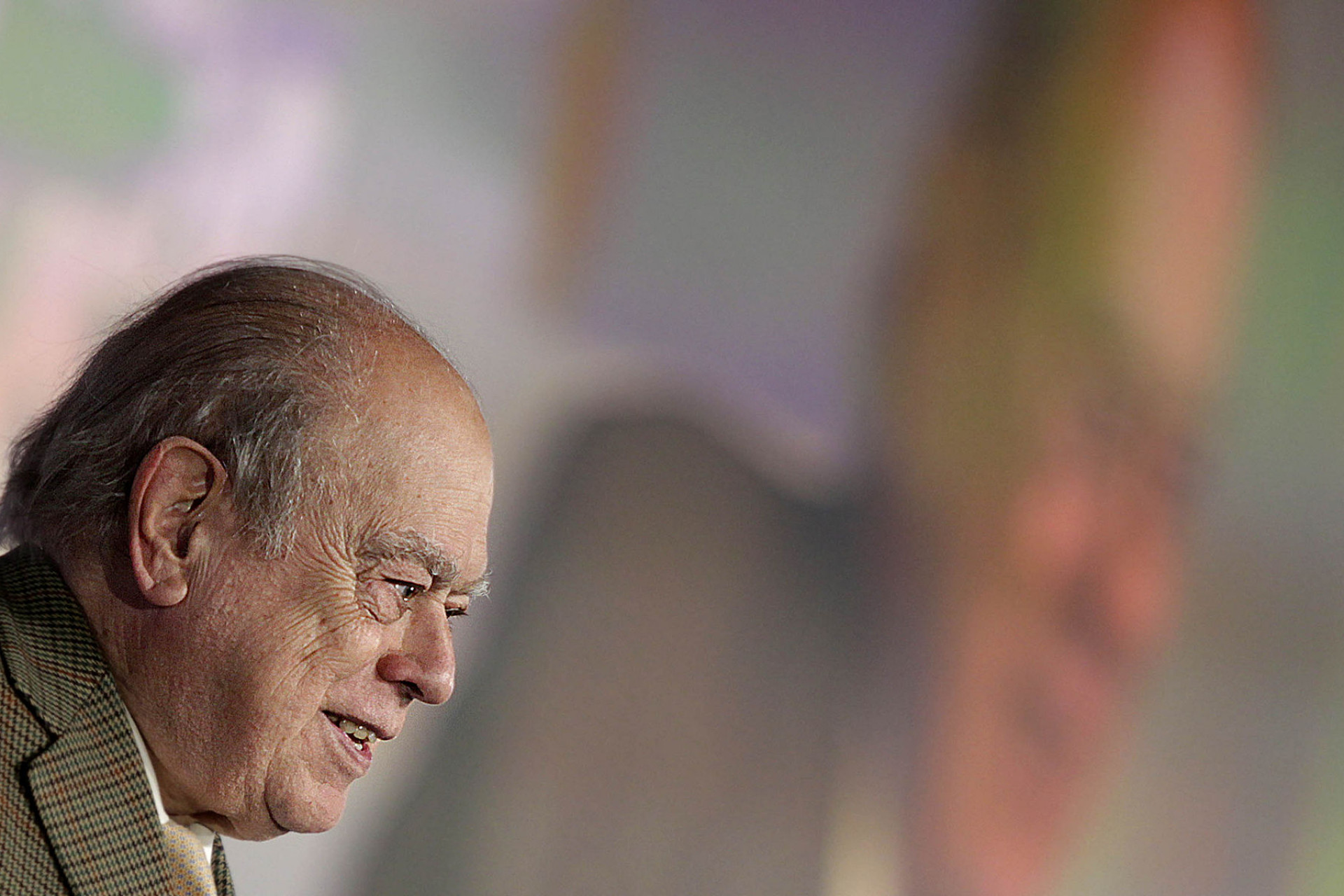This discussion, emanating from the cold war, between the supporters of the totalitarian school and the revisionists for a long time has influenced not only the vision of the USSR, but has been as an object of study. If the former, who became experts in Kremlinology, were interested in propaganda, then the latter entered the field of social history, the history of everyday life, evaluating the role of society and individuals in evolution of the regime. Furthermore, it was the revisionists who revolutionized our perception of communication in the USSR, showing how the general public's Charts participated in politics. The Charts were a double means of surveillance: they allowed the people to exercise a form of control over the bureaucrats and the regime to have information about what the general public was thinking. Thanks to this correspondence, people could make a complaint, raise a claim and even accuse an interested neighbour of "actions hostile to the regime", for example with the intention of getting a complementary place in the community apartment. The research carried out on these intimate journals opened up new epistemological horizons, giving inception to the history of subjectivity. Thanks to new developments, the latest works in the media are not limited to examining propaganda through the press, radio and television, but also giving special attention to their perception inside society.
It seems that we have gotten over this old debate. However, many still do not know what terms to use to explicitly distinguish between countries such as the USSR, Nazi Germany and liberal democracies. Kirill Postutenko uses the adjective "totalitarian" on the cover of their work, consisting of ten case studies, produced by sociologists, political scientists, philologists and historians, product of a colloquium organized by the University of Kanstanz in Germany. The book deals with communication understood essentially as political discourse and propaganda. Its objective is not to focus on the differences between countries, but to present cases of totalitarian communication in democratic countries during specific periods (The France of Vichy and de Gaulle, the USA and UK in the interwar period) and in the "new democracies" (post-Soviet Kyrgyz). Totalitarian communication -the work sustains- is a specific type of communication, anchored in the political organization of society and not an exclusive attribute of totalitarian "regimes".
Theoretical foundation of the work is summarized in the idea that communication is a function of social life without its own identity and whose main objective is to serve the members of society.
Many contributions to the work have been influenced by the functionalist theories of the German sociologist Niklas Luhmann, whose works are better known in Germany than in France, where they have always been interested in the works of Jurgen Habermas, author of theory of communicative action, the antipodes of Luhmann's thought. The latter rejects the individual concept in favour of the role of the institutions that organize the social order. What can such an approach bring to our understanding of communication processes in different political regimes?
COMMUNICATION AND THE WORSHIP OF LEADERS
This functionalist approach allows us to first ask about the role of communication in the construction of the cult of leaders. Kirill Posturenko does a grammatical analysis of the discourse of Stalin, Hitler and Roosevelt and concludes that the presence of Stalin in their own discourses is more discreet than the presence of Hitler or Roosevelt in theirs (...) In their discourses, Stalin refers to themselves sparingly; their cult being built up by their environment. On the contrary, Hitler participates themselves in the construction of their own cult.
Nanni Baltzer analyzes the construction of Mussolini's cult in communication through images and the lighting of public buildings in Milan, on the occasion of the celebrations of October 28th, 1933. Lghting was an integral part of the propaganda events in Nazi Germany and in Fascist Italy. Baltzer studies a unique case of communication under fascism mixing religious and political registers. The giant portrait of Mussolini was hung from the highly symbolic facade of Milan's cathedral. Mussolini's strategy was to sacralise fascism. Integrating religious elements into their propaganda, fascism relied on acts and images with great positive charge anchored in the collective memory. The monumental photography served to create a figure of worship. The excessive size of the portrait suggested the superhuman nature and greatness of the leader.
TOTALITARIAN COMMUNICATION... IN THE PUBLIC SPHERE?
Some contributions to the work summarise the debate on the existence of public space in Stalinist USSR or Nazi Germany. For the political scientist Jen K. Chalaby, author of the text on public communication in totalitarian, authoritarian and "statist" regimes (Gaullist France, in which the State was a significant player in the public sphere and controlled public communications), we cannot really properly refer to the public sphere in totalitarian and authoritarian regimes, given that the former tries to change the way people think, while for the latter, the essential thing is to maintain the status quo and reduce individuals to silence. Those who read the press between the lines are escapists.
Lorenz Erren responds in the affirmative to the question of the existence of a public sphere in totalitarian regimes in his article on the Stalin government and its communication practices.
He affirms that Stalin's political ability consisted of creating a new type of public sphere, which allowed him not only to control, modify, destroy and reconstruct social relations, but also to prevent any risk of social opposition.
A MEDIA CULTURE?
Lorenz Erren analyzes this as a form of communication between physically present individuals, which allows him to draw parallels with the community of the people, and the pre-modern urban public sphere, in which he says they were mediating objects, the communication means. He insists on the difference between the mediated public sphere of the liberal democracies, which resort to distancing and depersonalization methods.
Conversely, Dimitri Zakaharine, Jurij Murasov and Irina Wolf insist on the importance of the media in totalitarian communication processes.
The paradox comes from the contrast between the paucity of news in "totalitarian" countries' communications, and the disproportionate development of media technologies that are used to broadcast this meagre content. According to Murasov, the backwardness of the written culture in Russia gave an additional boost to the new media that the Soviet cultural universe comprised. Simultaneously, in the Soviet culture at the end of the 20s and the beginning of the 30s, literature formed part of the foundations of the new mode of communication, paradoxically orientated towards the oratory. For this reason, radio became the main means of literary production and reception. The Soviet interest in media technologies is confirmed by Zakaharine's study, which shows how electro-acoustic media were used to reconfigure the traditional Russian sound landscape. The purpose of sound-transmitted propaganda was to demystify the sound of the Orthodox church bells and, conversely, to spiritualize industrial sounds.
Some post-Soviet countries still suffer from information media poverty. Irina Wolf raises how the dependence of "private" newspapers on the Kyrgyz state influences the tone and content of the publications in relation to the radical Islamist organization Hizb ut-Tahrir al-Islami. Comparing the articles of the Kyrgyz, British and German press of the early 2000, it concludes that the way in which the Islamist organization is treated does not depend on the status it has in these three countries, legal in Great Britain, or illegal in Germany and in Kyrgyzstan, but of the independence of the media with respect to the authorities.
SOCIAL ENGINEERING TECHNIQUES
Propaganda is a communicative strategy and a social engineering technique, insofar as it tries to construct and assign identities. To understand the procedures for the construction of Austrian and French collective identities, Alexander Hanisch-Wolfram compares the discourses of the Austrian Chancellor Engelbert Dollfus in Vienna in 1933 with those of Marshal Pétain in 1941. The mythification of certain notions served to minimize the variety of meanings, fix the meaning and reinforce power. According to him, the more complex the collective identity is, the more numerous aspects of life are affected by propaganda and the more it can be described as totalitarian.
John Richardson finds totalitarian propaganda in the British newspaper Reality of the 1930s. In the specific political and cultural context of the time, Italian fascism was treated favourably in the pages of these publications, which sought to preserve the "purity" of British identity and protect it from "foreign" influence; This is to say, Jewish.
For his part, Werner Binder studies the impact of communications on the social imaginary in relation to the use of torture in totalitarian and democratic pre-modern societies. If the Soviet authorities used torture against their own population, in the USA, it was essentially the non-Americans that torture was applied to. Torture and communication about it built a hierarchy that allowed the good in the general public to be separated from hostile elements.
If the potential of political communication to produce a cult of leaders, hierarchies and collective identities is not in doubt, in any case the book does not clarify to what extent communication is capable of destabilizing the political and social order. In the work, communication is presented as a unilateral process abstracted its reception by individuals. Thus, all the contributions about social history, including the history of subjectivity, are ignored. The distinction made between leaders and people represent a snapshot of the societies examined. In any case, taking individual reactions into account in political communication, examining communication at many levels, including from the bottom up, or on an informal scale, allows us to take comparisons further and qualify this backdrop of "hierarchy, codes and messages", the three themes that structure the book. We hope that the project will continue, dedicating attention to the semi-public communication niches in which "coded" messages will allow communication to free itself from the restrictions of ritual and control.











